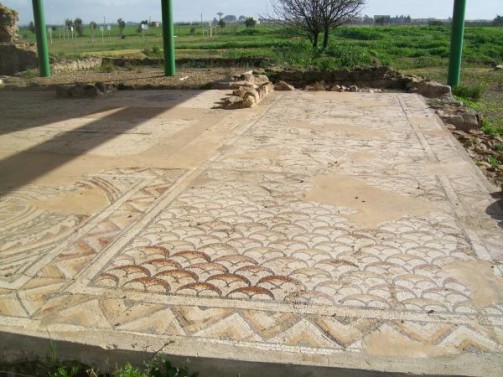Villaspeciosa is a town in lower Campidano, in the province of South Sardinia, covering about 27 square kilometers and with about 2,600 inhabitants.
Its territory is predominantly flat, alluvial in nature, demarcated to the west, bordering the Siliqua countryside, by modest granite hills. To the north it borders the territory of Decimoputzu; to the south it is partly bordered by the Cixerri River, which marks the demarcation with the territory of Uta, and has hilly areas that extend as far as Mount Arcosu; to the east it borders the Flumini Mannu, bordering Decimomannu.[fusion_accordion divider_line=”” class=”” id=””][fusion_toggle title=”The territory of Villaspeciosa holds important historical evidence:” open=”no”]There are numerous traces of its frequentation since prehistoric times, including obsidian fragments, presumably dating to the Middle Neolithic, and an Upper Neolithic tomb. Various discoveries refer to the Nuragic period, including a village and nuraghe on Mount Truxionis and a giants’ tomb on the border with Decimoputzu, dating from the Bronze Age. In the locality of Cuccureddus – Sa Guardia Manna, a nuragic complex attributable to the Final Bronze – I Iron was identified. Several Punic traces, found in various locations. Remarkable are the findings attributable to the Roman period, such as the traces of a settlement in the locality of Is Narbonis, where the perennial spring of Mitza Cuccureddus is located, a necropolis in the locality of Monte Truxionis, some sections of the Roman aqueduct of the 2nd century AD, and two funerary cippus (Secci A., Villa Speciosa – Art, environment, history, traditions of a Campidano village, p. 17-18). Reasonable discovery of the late Roman archaeological site of San Cromazio, whose excavations unearthed important finds, including numerous tombs, oil lamps, belt fibulas and some jewelry. It is best known for its polychrome mosaic, the largest in surface area found in Sardinia, which, according to the most widely accepted hypothesis, constituted the floor of a 4th-century AD church, presumably built on a 2nd-century AD bath site. The central part of the mosaic is, on the other hand, later, probably inserted following a renovation that took place in the 6th century AD. A village developed around the bathhouse, probably on pre-existing Roman buildings, which was later depopulated in the early Middle Ages. The area has been interpreted as a mansio, that is, a stopping station on the road from Cagliari to Sulci, present-day St. Antiochus. Some scholars speculate that the church of San Cromazio was the parish church of Itzo, an early medieval village that arose in Bidda Itzu, not far from the archaeological site. When this village began to depopulate, some of the inhabitants probably poured into the first settlement of Villaspeciosa, which developed in the area surrounding the Romanesque church of San Platano. The church, built in the 12th cent. by the Benedictine monks of St. Victor of Marseilles, turns out to have been built with spoil, part of which came from the church of St. Cromatius. It has a plan with two naves concluded by semicircular apses; the collapse of the original vaults, which presumably occurred in the 15th century, resulted in the rebuilding of the small bell gable and the construction of a two-pitch wooden roof. The facade accommodates two arched entrances to which a portal in the south wall was added in later centuries. The north side houses a hanging staircase that leads to the roof and the small bell tower where a bell dated 1428 is located.
Between the second half of the 13th and early 14th centuries, the village of Villaspeciosa began to take on a more complete physiognomy. From the late 15th to early 17th centuries it was under Catalan-Aragonese control, as evidenced by the coats of arms of the Aragall and Bellit families at the parish church of the Blessed Virgin of the Assumption, the core of which was built in the last decade of the 1500s. The structure, which has undergone several renovations over time, has a Latin cross plan; it consists of a nave with two side chapels and has a double-pitched roof. It holds precious silver objects, some of which date back to the 16th and 17th centuries. Of considerable artistic value is the Sorrowful Crucifix, a wooden statue probably dating from the second half of the 1500s.


